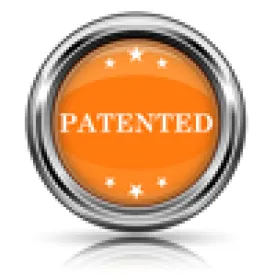Further clarifying its views on subject-matter eligibility, the U.S. Patent and Trademark Office’s Patent Trial and Appeal Board (PTAB or Board) determined that a patent describing the disposal of obsolete assets—for example, outdated computers—was directed to unpatentable subject matter despite its tangible, concrete steps of sealing the transport vehicle, disposing of the old computer and using a separate computer to manage the disposal process. Dell Inc. v. Disposition Servs. LLC, Case No. CBM2013-00040 (PTAB, Jan. 9, 2015) (Clements, APJ).
The patent described a way to dispose of tangible property, such as an old computer. The problem that the patent addressed was that vendors would dispose of the property improperly. Vendors instructed to destroy all parts of an old computer, for example, would instead sell some of the computer parts on the black market. To solve this problem, the patent described a business method for handling the obsolete property in a way that allows the property owners to verify that their disposal instructions were followed. The patented method included abstract concepts—such as creating records and receipts for the property both before and after disposal—as well as more tangible steps, such as using a computer and database to maintain the records and receipts. The patent also included tangible steps related to the logistics, such as loading the old computer into a truck, sealing the truck and then disposing of the computer.
Applying the first step in the Mayo subject-matter eligibility test, the PTAB determined that the patent’s subject matter was unpatentably abstract. Handling tangible property in a way that allows customers to verify that their instructions were followed constituted an unpatentable abstract idea. The patent owner had argued that its invention was patent-eligible because it used a system with a “specific defined recited structure” to achieve a “physical and tangible outcome.” The PTAB disagreed and responded that these steps, although “physical and tangible,” were insignificant extra-solution activities. The patent could be performed with simply a “pencil, paper, and truck,” and was therefore directed to an unpatentable abstract idea.
The PTAB then determined that no “inventive concept” existed to save the patent’s abstract idea. In other words, no additional elements transformed the abstract idea into a patentable application of that abstract idea. The patent’s “storing” of data in a “database” was tangible but not a meaningful limitation on the patent’s abstract idea. Any generic computer can store records in a database. The patent’s system claims were similarly problematic. Those system claims recited a “system process controller” and a “communications network,” but these were merely conventional components used for conventional functions—storing and transmitting. These tangible components constituted “insignificant extra-solution activity” that could not save the patent’s abstract idea.




 />i
/>i
